Geographic Information Systems (GIS)
biol/Env St/Geog 330 - Online - Summer Session I
An introduction to the theory and application of Geographic Information Systems (GIS) for applied social and ecological problem-solving. Through a series of readings, videos, and hands-on exercises covering a variety of environmental themes, issues, and scales, participants will learn the fundamentals of the types of maps, map projections, symbology, classification, analysis, and web mapping applications, and gain skills and confidence to be able to conduct their own field studies, do spatial analysis, and create their own maps and visualizations.
Learning Outcomes
By the end of the course, students will:
1. Identify ways in which GIS, maps, and geo-visualizations are providing a common language and framework for communication and solving problems.
2. Apply cartographic design principles such as symbology, color, and classification methods to create, modify, and critically evaluate effective maps and visualizations.
3. Analyze data spatially with web GIS tools using a variety of techniques, including visualization, filtering, map overlay, routing, mean center, and proximity.
4. Demonstrate how to create GIS maps and apps from spreadsheets, from GPS data, from field surveys, from joining data, and from pre-existing maps.
5. Identify ways in which society influences mapping, and how mapping influences society, through data availability, data quality, map projections, crowdsourcing, location privacy, the Internet of Things, and design, and examine the connections between Christian ethics, GIS, and environmental science.
6. Create multimedia 2D maps and 3D scenes that effectively communicate an environmental issue, event, or theme, via research results.
Expectations for Online Courses
Au Sable online courses are an extension of our traditional campus-based field experiences that have brought over 4,000 students into the Au Sable Community to learn together with exceptional faculty to serve, protect and restore God’s earth.
Key components and expectations for students in these online courses include:
• Short-term but intensive learning with student commitment of approximately 30 hours per week (May, 3-week session) or 20 hours per week (Summer, 5-week sessions) required.
• Primarily asynchronous content with 10-20% of course time devoted to live sessions and discussions with the professor, students, and outside speakers. Live times vary and require some flexibility in student schedules.
• Student attendance and/or contribution to Sunday Vespers (worship) services and components of Integration Days (typically Mondays) in which all students and all courses participate in a shared learning experience.
• Students taking one on-campus course in a Summer Session at the Great Lakes (Michigan) Campus can also enroll in the corresponding Summer Session online course for a total of two courses in the session.
• Planned live sessions and more detailed scheduling will be provided to enrolled students prior to April 15. For students with limited flexibility in their summer work/life schedules, please contact Dr. Heath Garris, Director of College Programs, to further discuss your ability to complete summer online courses: heath.garris@ausable.org or telephone 231-587-8686.
